Everything has become more expensive in recent years, but prices for certain Japanese cars have truly spiraled out of control. Once-affordable Japanese performance cars are now regularly selling for what can only be described as ridiculous amounts. I’ve always been a huge fan of Japanese cars, and currently own and daily drive a JDM import, but there’s no way I’d pay what some of these cars are selling for now.
There are several reasons for this price hike. Part of it is because people have realized some cars are excellent driving machines with massive tuning potential. Other reasons include their appearance in movies and video games, the increased popularity of drifting, and pure nostalgia.
Why We Picked These Cars
Image Credit: 先従隗始, Creative Commons Zero, Public Domain Dedication.
To assemble this list, we focused on Japanese-market or Japanese-built vehicles that have seen a dramatic price increase on the used market in recent years, often exceeding their real-world performance or practicality. We looked at auction data, enthusiast forums, and used listings in the U.S. and abroad.
Factors like cultural relevance, rarity, tuning potential, and collector hype were considered, but so was the question: “Is this car worth what people are paying today?” Models had to be production vehicles and currently available on the used market, not limited-run concepts or one-offs. We haven’t included the actual prices in the article since they continue to soar and will soon be outdated.
Toyota Corolla AE86
Image Credit: ThijsDeschildre – Own work, CC BY-SA 3.0/Wiki Commons.
The AE86 Toyota Corolla, with its iconic role in Initial D, being the preferred car of Drift King Keiichi Tsuchiya, and its revered status among drifters, has seen its prices soar.
Bone stock cars are fetching a fortune these days, and in all honesty, unless you view it as an investment, it’s not worth the price. The “Hachi Roku” Corolla is from the 1980s and drives like an old Toyota.
Nissan Skyline GT-R
Image Credit: Tokumeigakarinoaoshima – Own work, CC BY-SA 4.0/Wiki Commons.
Another JDM car whose prices have skyrocketed is the Skyline GT-R. As great as the GT-R is, none of its generations are really worth what they’re currently fetching.
Whether you want the original Hakosuka, the R32 Godzilla, or the refined R34, or any other version, prepare to pay through the nose for a Skyline GT-R these days. It’s still possible to find cheaper GTS models, and with a ton of aftermarket parts, they can be turned into something cool.
Toyota Supra
Image Credit: User3204, Creative Commons Attribution 3.0, Wiki Commons
It’s still possible to get an “affordable” old Supra. Either buy the Mk3 or one of the less desirable Mk4s with the naturally aspirated engine and automatic transmission.
If you want the full-fat Mk4 fitted with the legendary 2JZ twin-turbo engine, you’d better be on good terms with your bank manager. The Mk4 Supra is in no way a bad car, but its appearance in the Fast & Furious movies and Gran Turismo video games has pushed prices higher than they should be.
Honda / Acura NSX
Image Credit: Charles from Port Chester, New York, Creative Commons Attribution 2.0, WikiCommons.
Honda sold the NSX under its Acura brand in the States, but it’s essentially the same car. When it arrived in 1990, it was so good that it sent Ferrari back to the drawing board.
As explained by The Intercooler, the NSX was the first everyday supercar. It packed the same performance as its rivals but was as easy to drive as Grandpa’s Accord. Supercars have come a long way since the ‘90s, though, and you can now buy faster cars with more equipment for less money.
FD Mazda RX-7
Image Credit: dave_7 from Lethbridge, Canada – CC BY 2.0, WikiCommons.
Mazda’s flagship rotary-powered sports car is a real gem, but as Car Throttle points out, it also comes with some headaches. It has near-perfect weight distribution and packs a serious punch, which is what we all want from our sports cars.
However, it also drinks oil and premium gas, and the screaming Wankel unit isn’t as reliable as a regular piston engine.
Mazda RX-3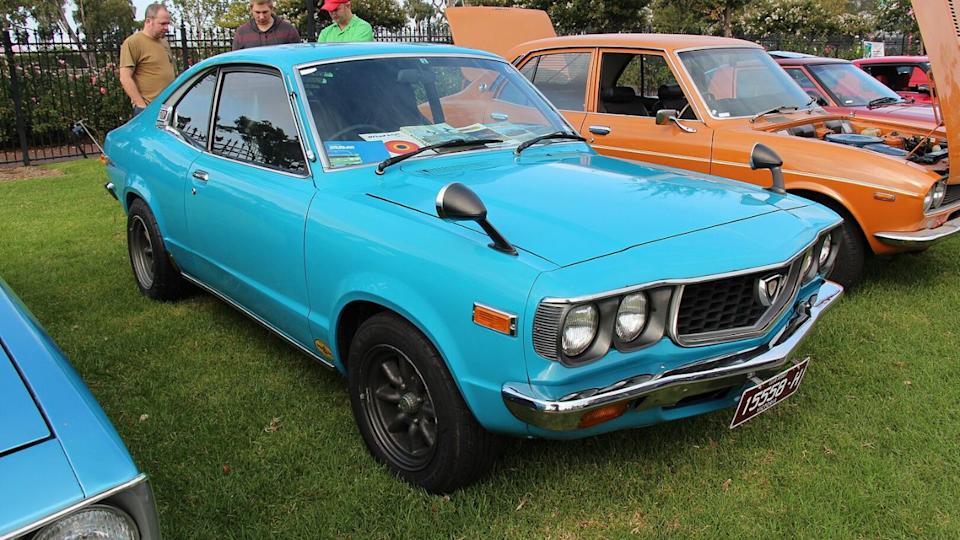
Image Credit: Sicnag – 1974 Mazda RX3 Series II Coupe, CC BY 2.0 / Wiki Commons.
The RX-3 is a legendary piece of rotary-powered nostalgia, and prices have reflected that in recent years, climbing far beyond reason. Originally a compact, affordable alternative to other Japanese coupes, the RX-3 now commands serious collector money, especially if it’s clean and unmodified.
Enthusiasts love its old-school styling and rev-happy rotary engine, but let’s not forget it’s a 1970s economy car at heart. While its rarity plays a big part in its pricing, the reality is you’re paying top dollar for a car that, without extensive upgrades, is more about vintage vibes than modern-day thrills.
Datsun Fairlady Z / 240Z
Image Credit: Charles01, CC BY-SA 4.0/WikiCommons.
When Datsun introduced the Fairlady Z, or 240Z as it was known outside Japan, it took the automotive world by storm. This stunning-looking sports car was able to keep up with both European and American models, and it was affordable, too.
These days, it’s certainly not affordable. It’s still a cool, vintage JDM car with plenty of potential, but the current prices are a nostalgia-fueled joke.
Nissan S Chassis Cars
Image Credit: crash71100, Creative Commons Zero, Public Domain Dedication.
Nissan introduced the S13 180SX/Silvia in 1989, and it was an instant hit, especially in Japan, where it won the Car of the Year Award. It was later replaced by the S14, S14A, and S15 versions.
It soon proved to be an excellent drift car, and therein lies the problem: drift tax. These cars became so popular with the sideways-driving crowd that prices are now bordering on the absolutely ridiculous.
Toyota Celica GT-Four / All-Trac Turbo (ST185 & ST205)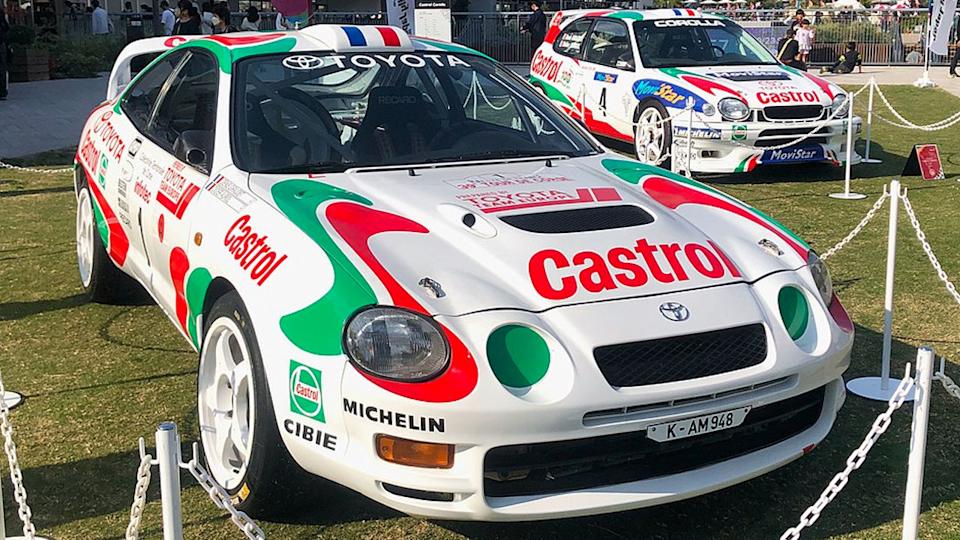
Image: KKPCW(Kyu3), CC-BY-SA-4.0, Wiki Commons.
The GT-Four versions of the Celica were homologation specials designed to compete in the World Rally Championship. With AWD and turbocharged inline-fours, they were performance bargains for years. Not anymore. Prices for clean ST185 and ST205 models have spiked dramatically, thanks in part to their rarity and rally pedigree.
They’re great cars, both capable and engaging, but the days of snagging one under $15K are long gone. Considering that you can now buy a newer hot hatch that’s faster, safer, and more comfortable for less money, the GT-Four’s current price tags feel more nostalgic than logical.
EK Honda Civic Type R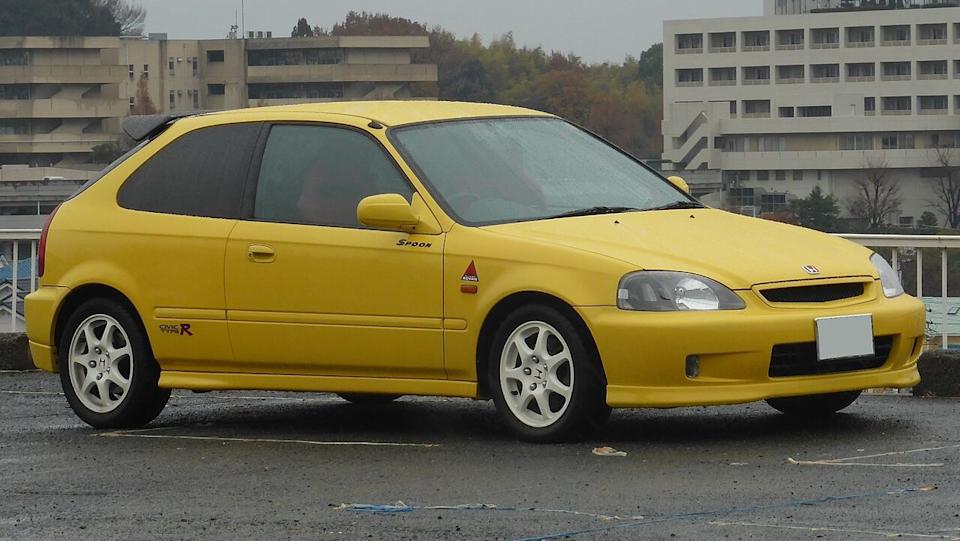
Image Credit: Tokumeigakarinoaoshima – Own work, CC0/Wiki Commons.
Honda’s first Civic Type R arrived in 1997 and was based on the sixth-gen EK Civic. This three-door hatchback had a lighter and stiffer body than the regular Civic, and the 1.6-liter B-series engine saw some upgrades, as did the brakes and suspension.
The original CTR was never sold outside Japan, making this Honda a rare beast. Its capability as a performance car has also contributed to pushing up prices.
Honda Integra Type R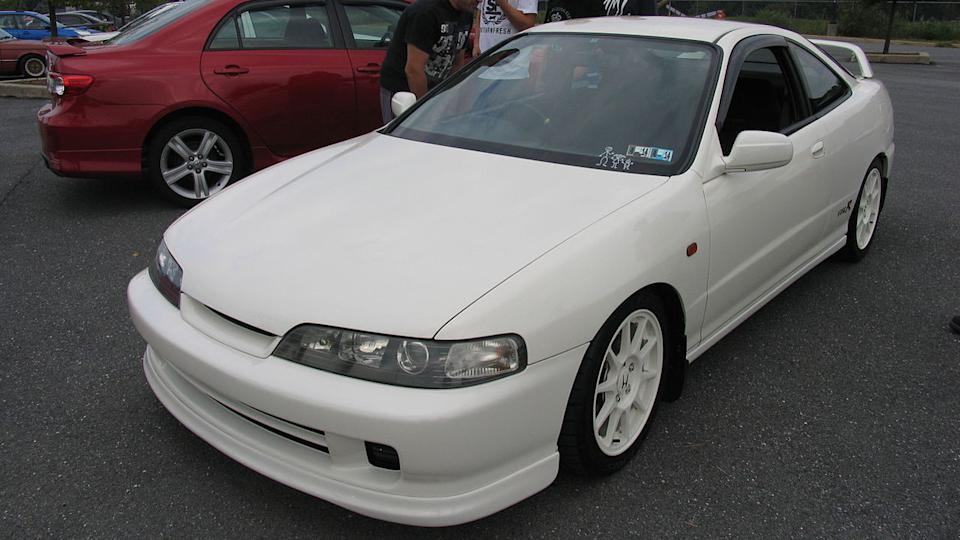
Image Credit: ilikewaffles11, Creative Commons Attribution 2.0, WikiCommons.
The Honda Civic Type R also had an even more track-focused coupe sibling, the Integra Type R. It was sold as an Acura in the States, but the Japanese version had some differences compared to the export models.
As Motor1 says, it’s hailed as one of the best-handling FWD cars ever, and the Integra is tons of fun to drive. However, we’re not too keen on paying tens of thousands for a car that’s been bounced off the rev limiter and driven within an inch of its life.
Toyota Chaser JZX100
Image: Tokumeigakarinoaoshima, CC-BY-SA-4.0/ Wiki Commons.
The Toyota Chaser JZX100 was once an under-the-radar gem. A Japanese executive sedan with rear-wheel drive, a turbocharged 1JZ-GTE, and a chassis that begged to slide, it was a tuner’s dream and a drifter’s weapon. However, that dream has become expensive.
Since it became legal to import into the U.S., prices have soared beyond what most would consider reasonable for a four-door Toyota. Yes, it’s fast, sounds amazing, and oozes ’90s street cred, but when Chasers start approaching the cost of a brand-new GR Supra, you really have to ask yourself: is the sideways lifestyle worth it?
Toyota MR2
Image Credit: Motohide Miwa from USA, Creative Commons Attribution 2.0, Wiki Commons.
During the golden era of Japanese cars, Toyota created the MR2 as an affordable mid-engined sports car, but the best models aren’t particularly affordable anymore.
The first-gen MR2 is now seeing its prices soar, and while it’s still possible to find a cheap one, it’ll most likely have severe rust issues. Prices for second-gen Turbo models have been on the rise for years, and only the most ardent enthusiasts will buy one at this point.
Nissan Pulsar GTi-R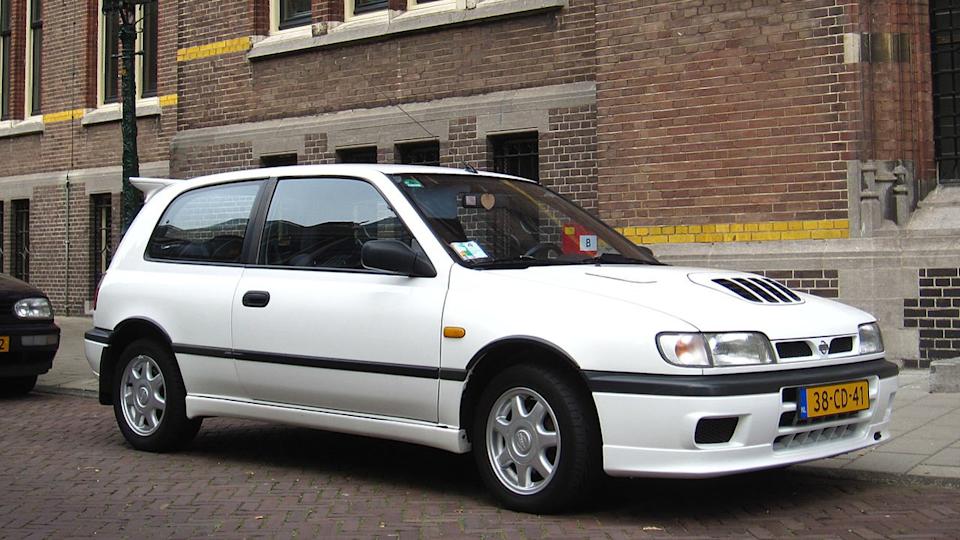
Image Credit: Rutger van der Maar, Creative Commons Attribution 2.0, WikiCommons.
Nissan built the Pulsar GTI-R as a homologation special for the World Rally Championship. It was never as good as the other WRC hatchbacks, the Lancia Delta HF Integrale and Ford Escort RS Cosworth, but still a great road car.
Being an aggressively styled AWD car with a turbocharged SR20 engine, it was only a matter of time before enthusiasts and collectors would get into bidding wars whenever one popped up for sale.
Subaru Impreza WRX STI
Image Credit: Jeremy from Sydney, Australia, Creative Commons Attribution 2.0, Wiki Commons.
The first-generation Subaru Impreza was available in various body styles, with the most desirable being the two-door coupe with the turbo engine. Back then, the STI performance version was only available in Japan, which makes it even rarer.
There’s no denying that it’s a great-looking performance car, but thanks to the nostalgia fueled by video games like Gran Turismo, enthusiasts are now willing to pay more for an abused 30-year-old car than a brand-new WRX.
Honda S2000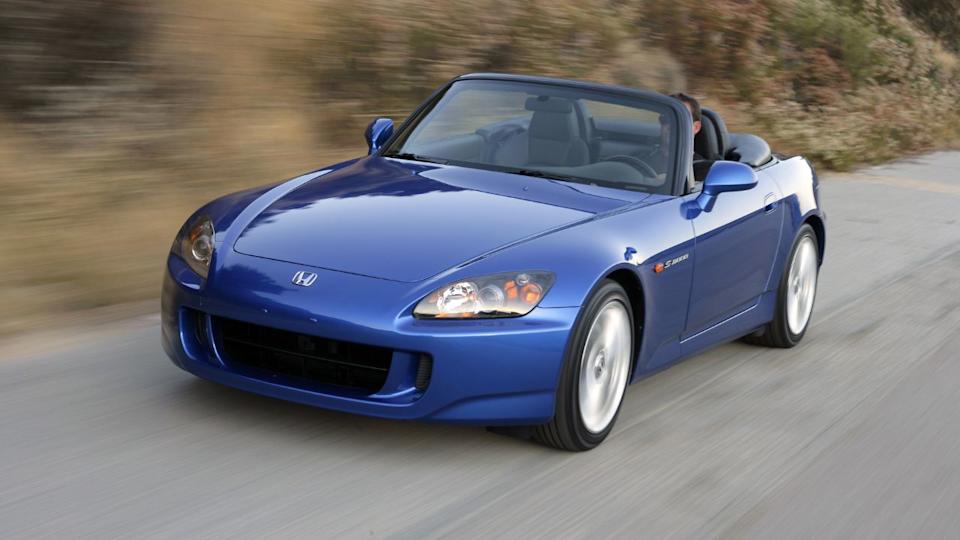
Image Credit: Honda.
Honda’s S2000 was a game changer when it arrived on the market in 1999. Throughout the following decade, it held the record for the highest specific naturally aspirated engine power output.
It’s an excellent driver’s car, but not as easy to live with as the new ND MX-5 Miata, and these days, an S2000 in good condition costs more than the Mazda sports car straight off the showroom floor.
Too Expensive For What You Get
Toyota Corolla AE86 / Image Credit: Tokumeigakarinoaoshima / Wiki Commons.
Japanese performance cars have always held a special place in the hearts of enthusiasts. They’re lightweight, tunable, and often punch well above their price class, or at least, they used to.
Today, nostalgia, internet fame, and JDM culture have pushed prices for certain models into territory that defies logic. While these cars are still great in many ways, the price tags no longer reflect value; they reflect hype, rarity, and emotion. If you’re buying one, do it because you love it and are ready to pay the premium, not because you think it’s still a budget performance deal. Those days are gone.


AloJapan.com